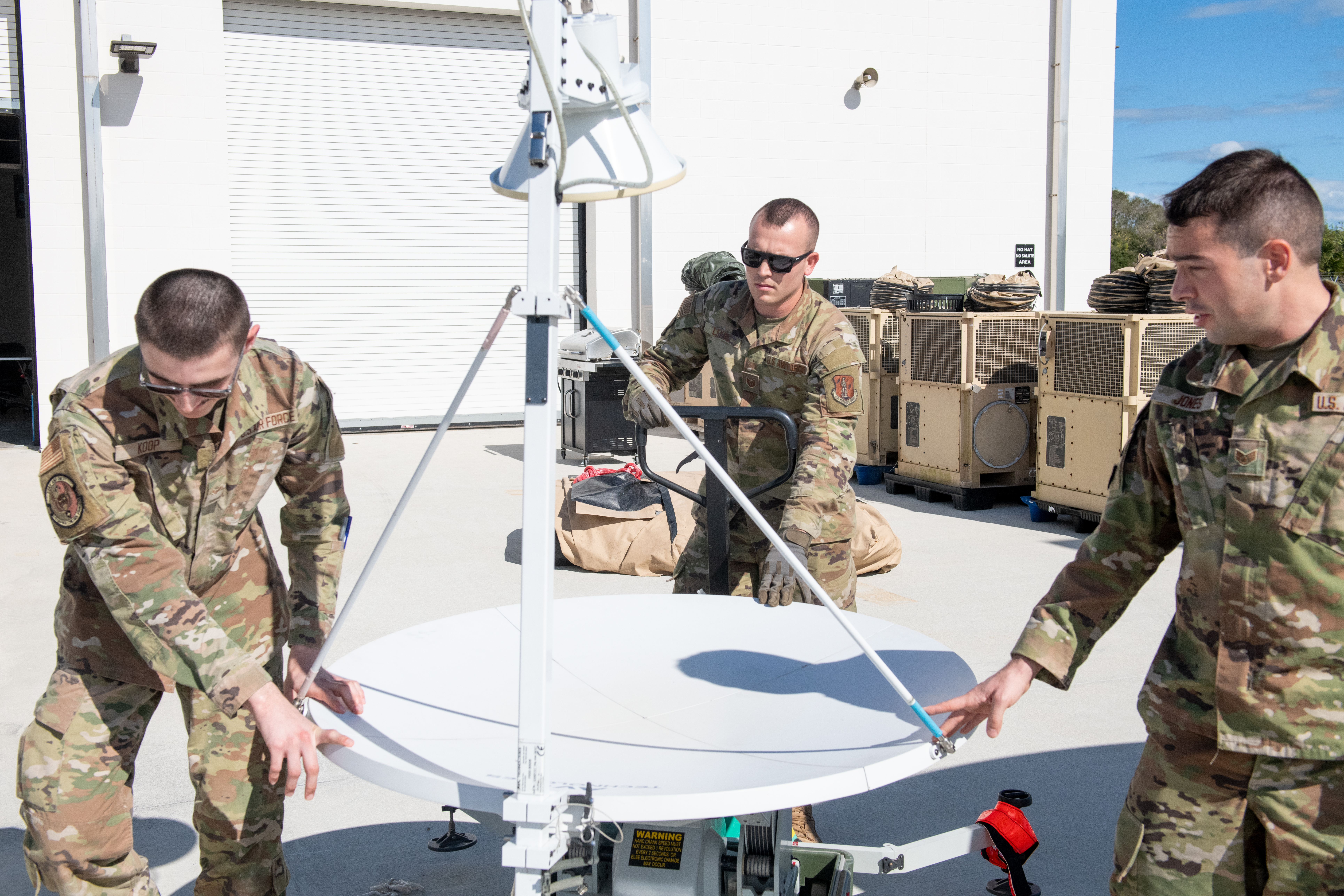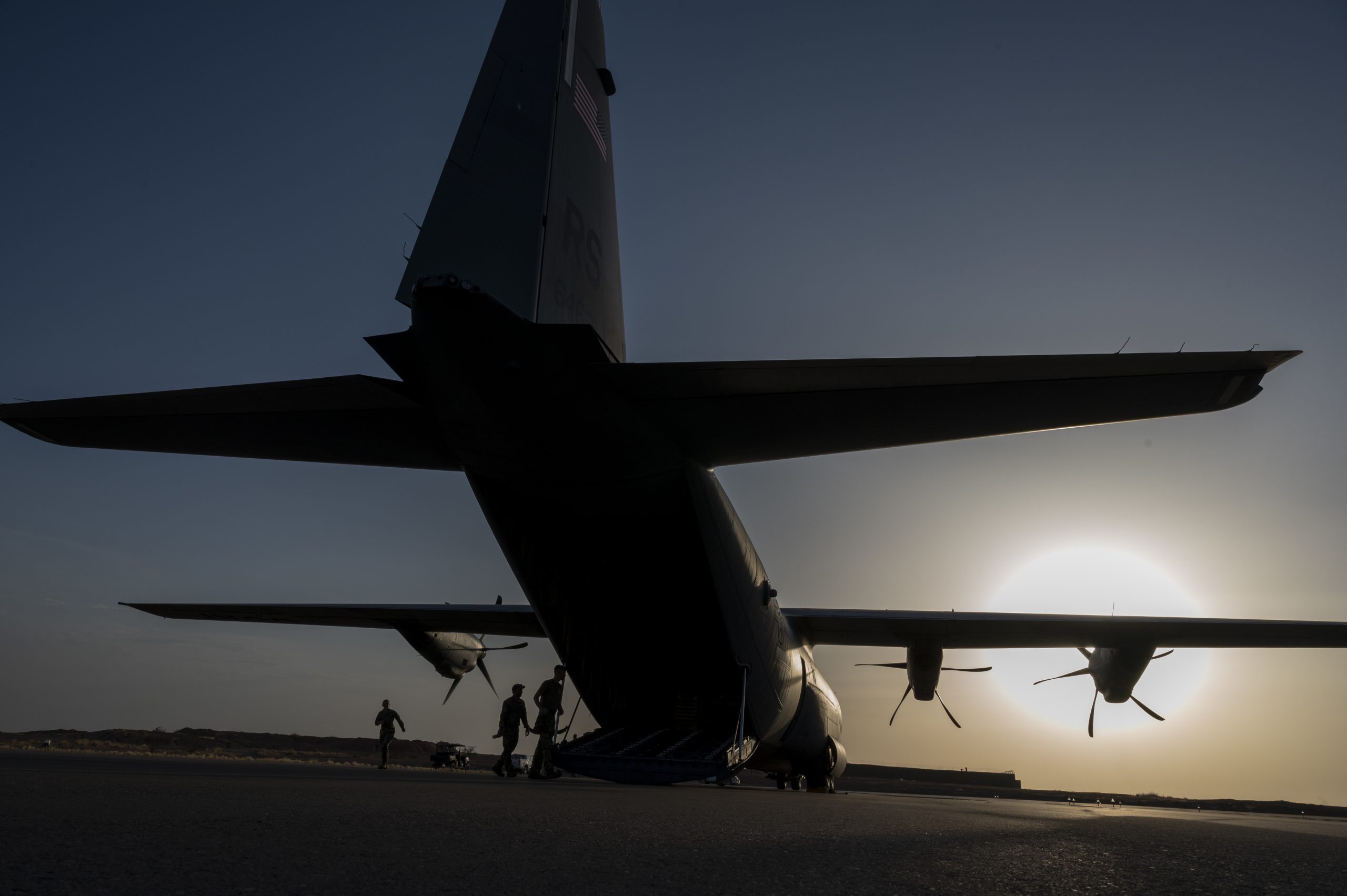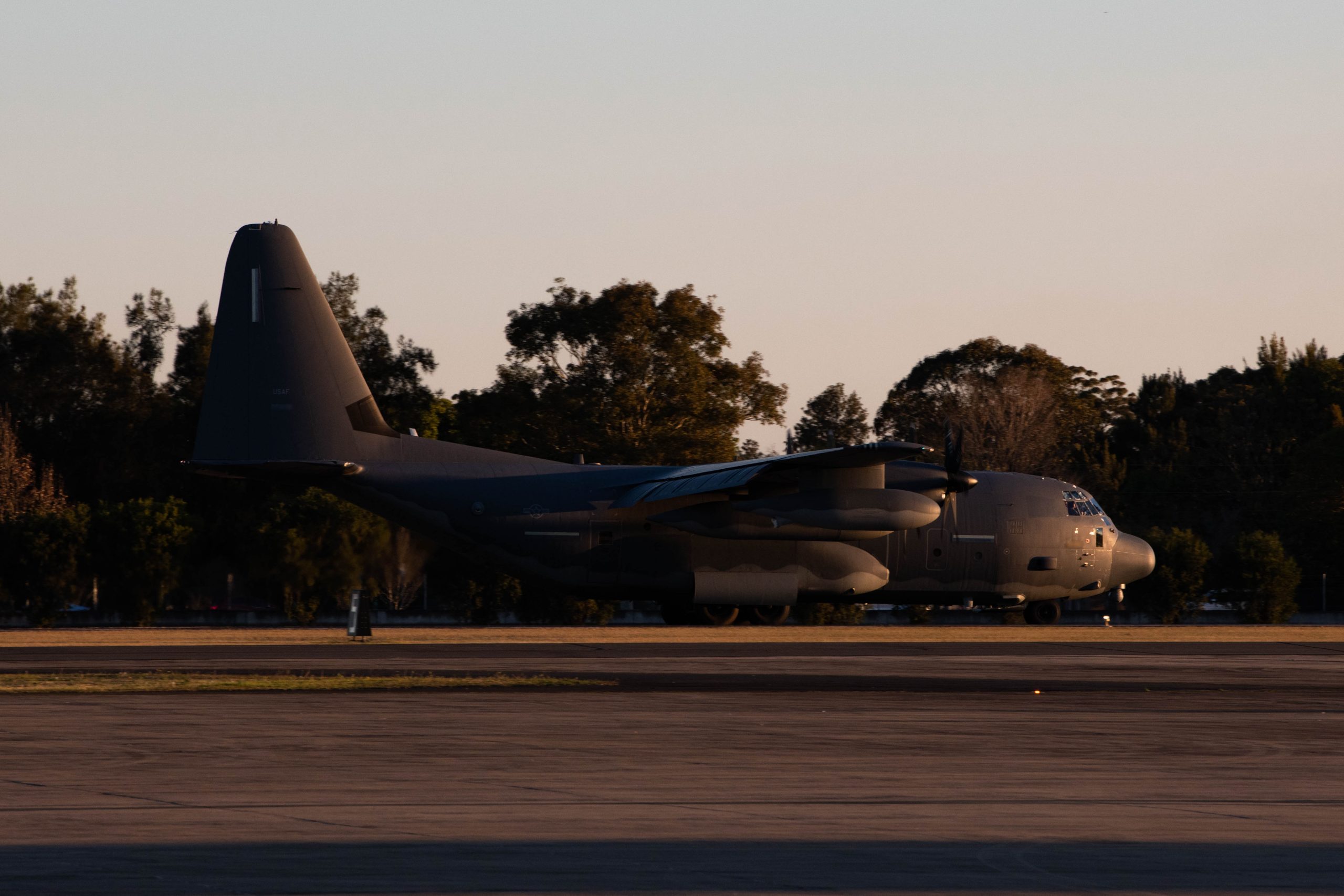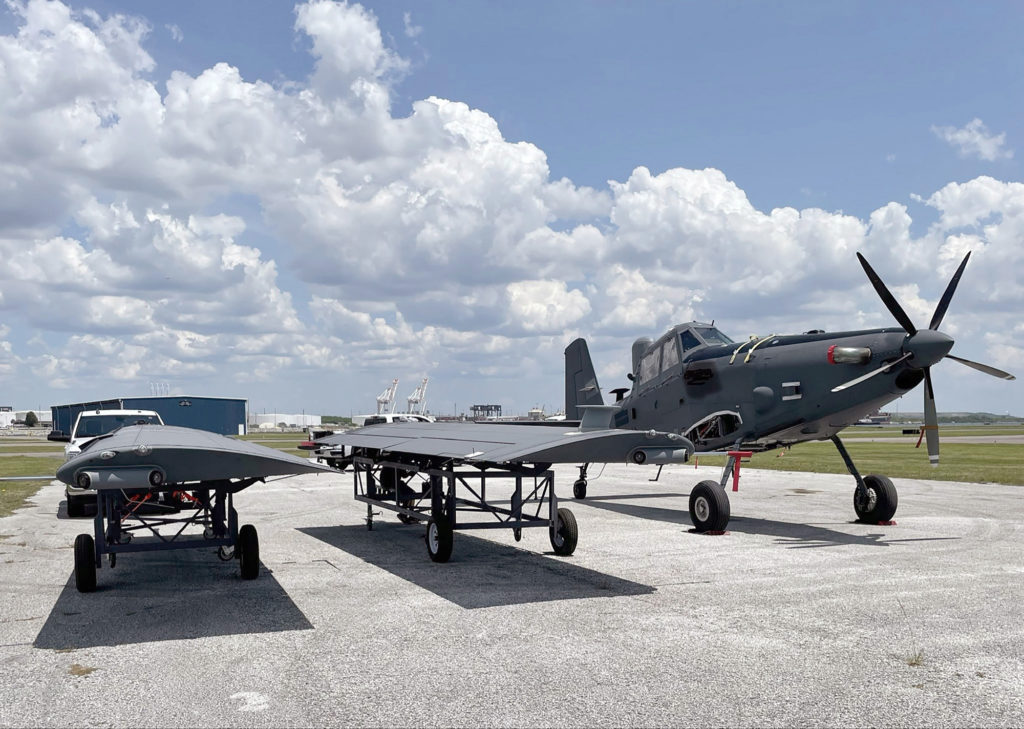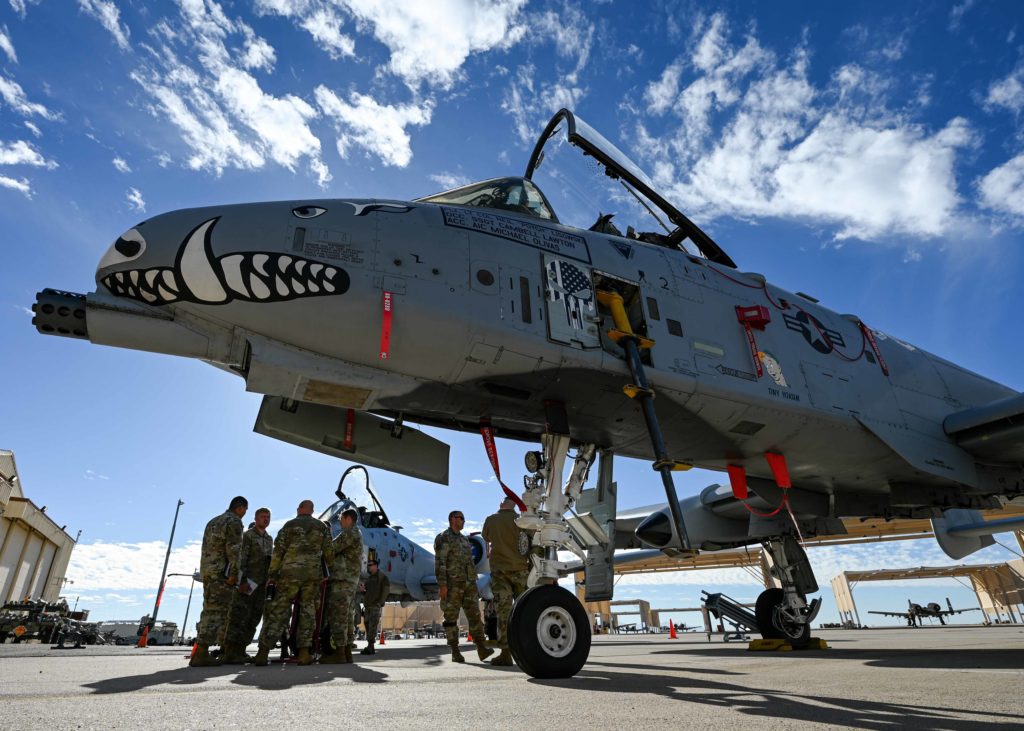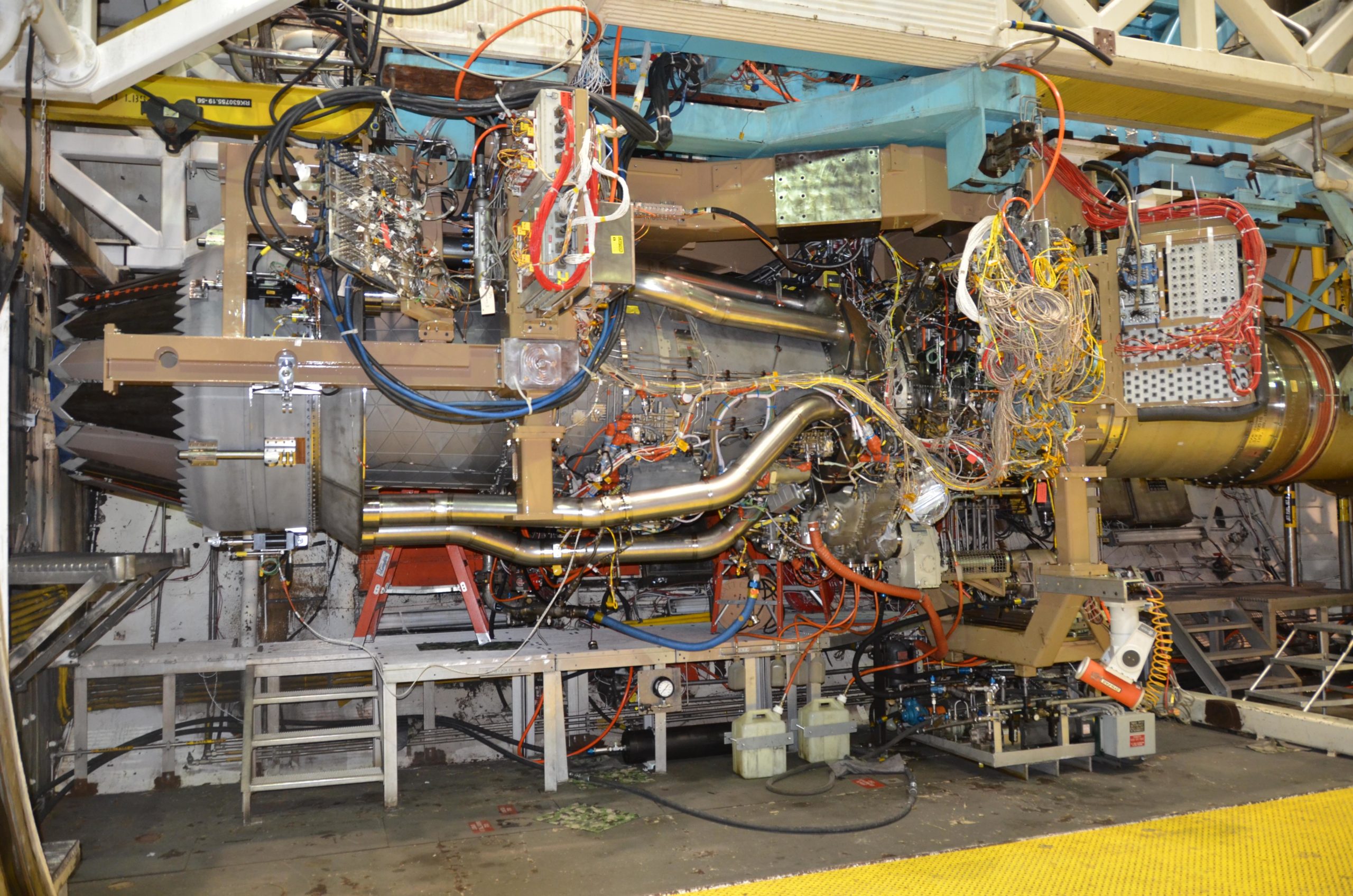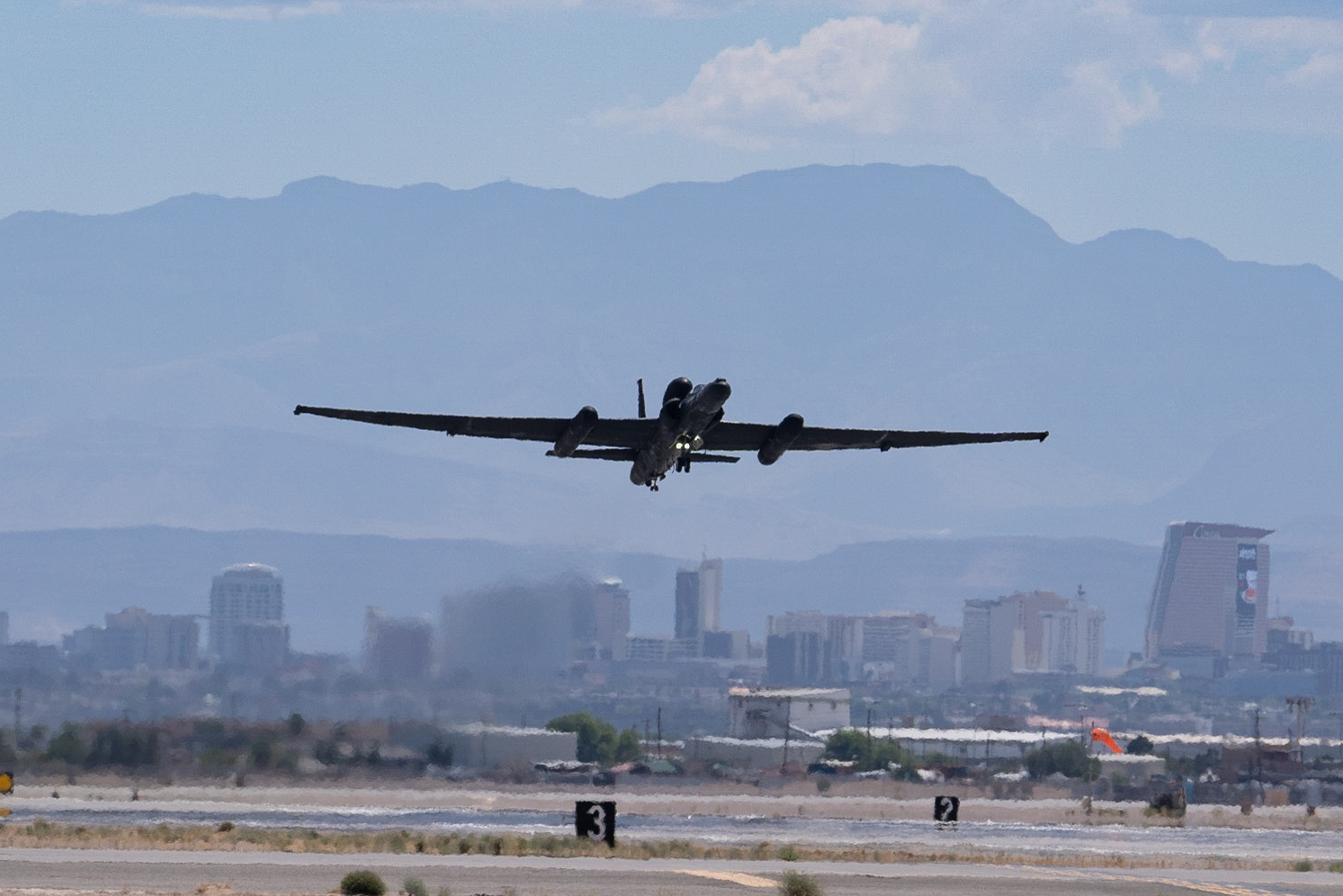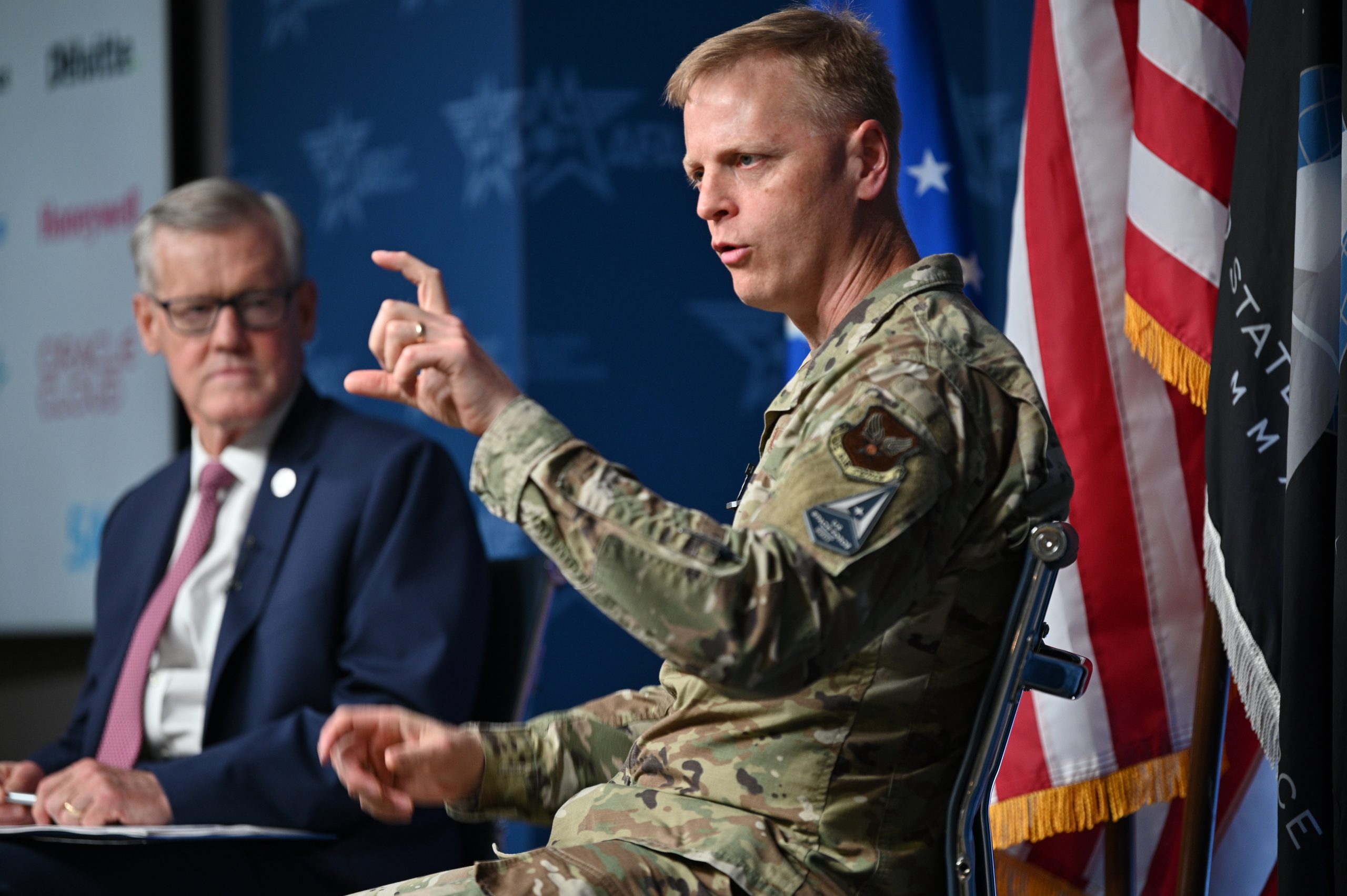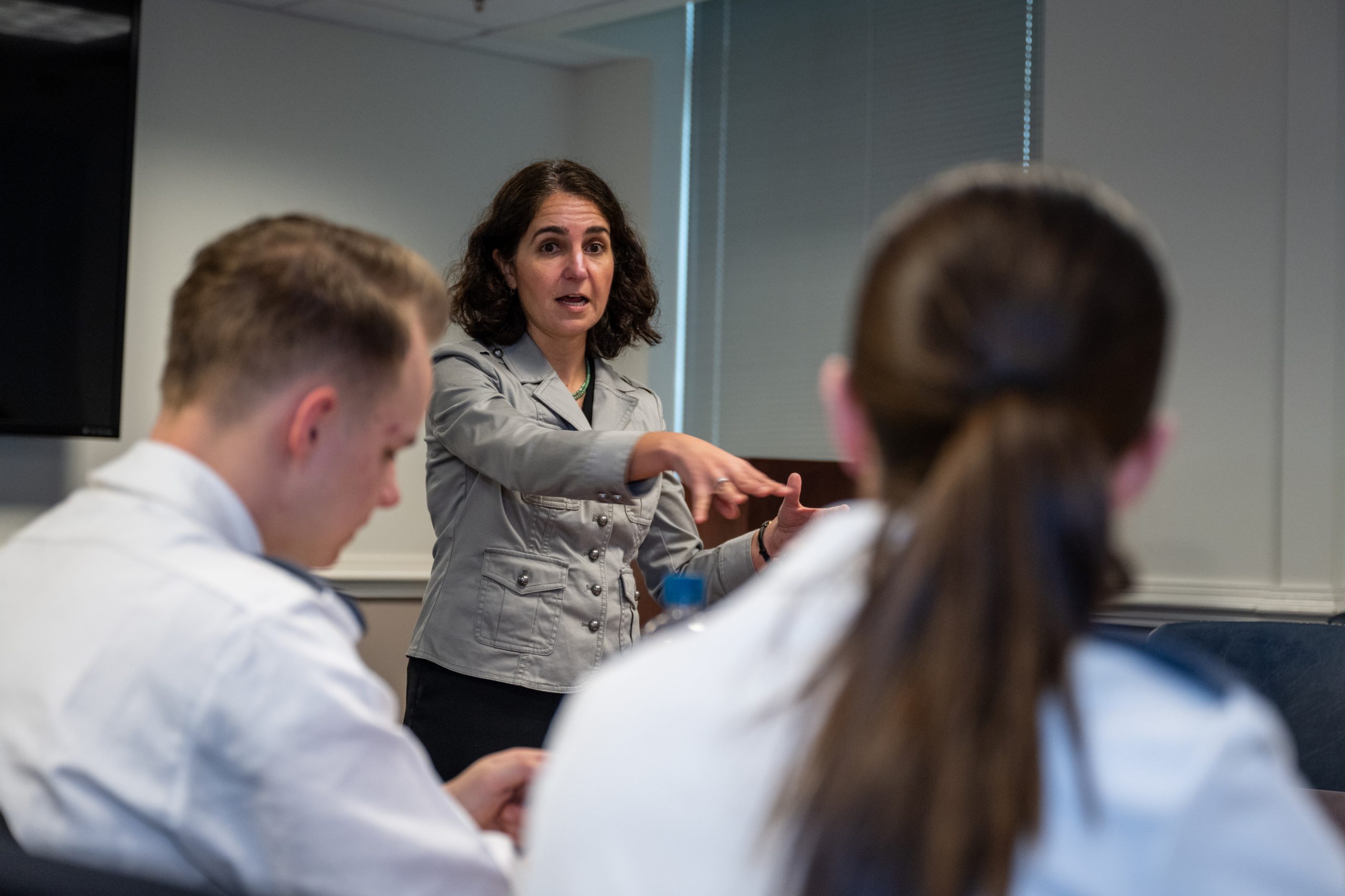When the Senate overwhelmingly passed its version of the 2024 National Defense Authorization bill late July 27 in a bipartisan 86-11 vote, the differences between that measure and the House version of the bill were left to a panel of conferees to resolve.
The House version passed largely on party lines, but the two versions must be reconciled and approved by both chambers before the bill can be signed into law.
House Armed Services Committee Chair Rep. Mike Rogers (R-Ala.) and ranking member Adam Smith (D-Wash.) will be the primary drivers for the House; Senate Armed Services Committee Chair Sen. Jack Reed (D-R.I.) and ranking member Roger Wicker (R-Miss.) have the lead for the Senate. But party leadership will also play a role in who gets to participate.
The conference committee must work out the differences and present a bill that can pass, identically, in both chambers. The House and Senate bills differ on dozens of issues, and time is short. Lawmakers have left town for the August recess and won’t return until September. Staffers have started the conference process in their absence, but with fewer than 20 working days in September, the two chambers are unlikely to pass a reconciled bill before the fiscal year ends on Sept. 30.
Differences regarding the Space Force in need of resolution range from whether or not to form a Space National Guard to differences over required reports.
Space National Guard
For the Space Force, the biggest single issue to be resolved is one that Congress has punted several times in the past: How to solve the fact that units in the Air National Guard perform all their work for the Space Force, but are not statutorily connected to the new service. The matter has been debated for several years.
Proponents of forming a Space National Guard see it as the simplest solution. They say Air National Guard units with space missions are currently “orphaned” with no corresponding units in the Active-Duty Air Force. A Space National Guard can be put in effect inexpensively, they argue, with mostly cosmetic changes such as names on signs. The new organization would allow space professionals in the Air Guard to continue to serve both the Space Force and traditional Guard missions like natural disaster relief.
Critics counter that a Space National Guard adds unnecessary bureaucracy and would ultimately add millions of dollars in cost. They also say states have no specific missions for which military space forces are necessary, and that the Space Force should embrace a more innovative approach to personnel management.
Space Force leaders have largely stayed out of the debate, except to say the status quo, with space units in the Air National Guard, should not continue.
For the second straight year, the House approved the creation of a Space National Guard in its version of the NDAA. The Senate, on the other hand, included a provision which would require the Pentagon to contract with a federally-funded research and development center for an independent study of all three courses of action—space units staying in the Air National Guard, a Space National Guard, or folding everyone into the Space Force. The study would include cost-benefit analyses of each and would be due by Feb. 1, 2025.
This is not the first time Congress has directed a study of the issue—the 2022 NDAA also mandated an analysis of “the appropriate role and organization of space-related assets within the reserve components of the Armed Forces,” due by March 2022. That analysis was not independent, though—it was conducted by the Office of the Secretary of Defense. The results of that analysis were never publicly released, though Space Force leaders have since proposed the creation of a single hybrid component.
This year’s NDAA will likely take action on part of that proposal. Both the Senate and House versions contain lengthy sections establishing a single personnel management system for the Space Force. At its heart, the legislation would get rid of the idea of a “Regular Space Force” and a “regular reserve” and create a unified system consisting of full-time, part-time, and inactive Guardians. Those on active status who work full-time will be referred to as on “sustained duty,” while part-time personnel on active status will still need to either:
- Participate in 48 drills or training periods and spend 14 days on active duty
- Spend at least 30 days on active duty
Other Issues
Another major difference between the two bills is the future of a wideband communications satellite. Last year, Congress added $442 million for the satellite, but now the House wants to pump the brakes. Its bill would not be allowed USSF to issue a contract for WGS-12 until it certifies that “the primary payload for the WGS-12 satellite cannot be met by a commercial provider.” The bill would also prohibit any funds from being used to launch or operate WGS-12.
The Senate has no such provision.
The House bill also would require a number of studies and plans from the Space Force, including:
- “A plan to expand existing threat-sharing arrangements with commercial space operators.”
- A plan with “options for the integration of resilient military tactical satellite communications capabilities” into its force structure, including “a geostationary small satellite communications constellation.”
- A process and a plan for evaluating and integrating commercial space situational awareness capabilities.
- A report on the projected needs for national security space vehicle processing capabilities
- A report and a plan for how the Space Force does and can use nuclear thermal propulsion and nuclear electric propulsion space vehicles
The Senate bill contains far fewer requirements for reports and studies, but it does direct certain moves for the Space Force, including:
- Directing the Space Development Agency to use the middle tier of acquisition authority to buy satellites for its Proliferated Warfighter Space Architecture
- Establishing a principal military deputy for the Assistant Secretary of the Air Force for Space Acquisition and Integration
- Designating the Department of the Air Force as responsible for space-based ground and airborne moving target indication systems
Both bills contain provisions touching on classification, an oft-mentioned issue with the Space Force. The House wants to require the service to review whether any space major defense acquisition program needs to be classified before it achieves Milestone B approval—needed to start the Engineering and Manufacturing Development (EMD) phase. The Senate wants a briefing on the Space Force’s classification processes, particularly as they relate to combined space operations with key allies like Australia, Canada, Germany, and the United Kingdom.
